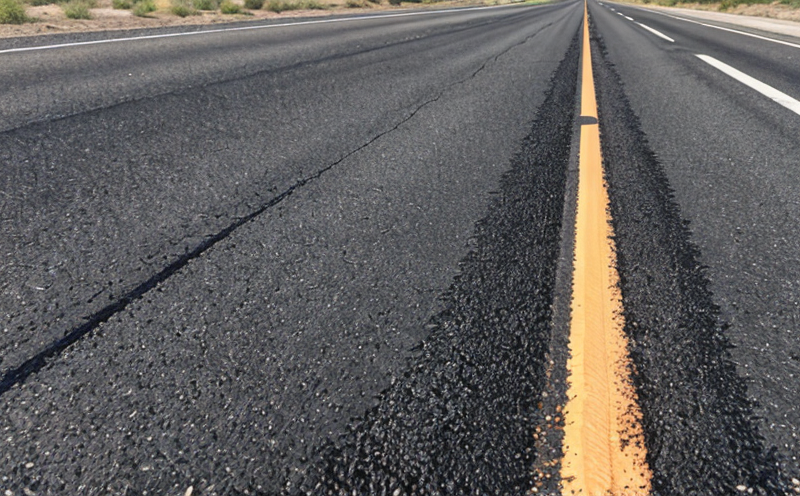EN 12697 Aggregate Gradation Analysis
The European Standard EN 12697-1 provides detailed procedures for the analysis of aggregate gradation. This critical testing method ensures that aggregates meet specified grading requirements, which are essential in ensuring the structural integrity and performance of pavements. The standard outlines methods to determine the particle size distribution through sieving or hydrometer tests.
Aggregate gradation is a fundamental aspect of pavement design and construction. It affects the behavior of the aggregate under various loading conditions, including fatigue, rutting, and deformation. Proper gradation ensures that the pavement can efficiently distribute traffic loads while maintaining durability over its lifespan. The testing method described in EN 12697-1 is widely used across Europe to ensure compliance with national and international standards.
The primary purpose of this service is to provide accurate and reliable aggregate gradation analysis, ensuring that materials meet the specified requirements outlined by EN 12697-1. The testing process involves several steps: sample preparation, sieving or hydrometer methods, calculation of cumulative percentage passing, and graphical representation using a sieve curve.
Sample preparation is critical to ensure accurate results. Samples should be representative of the aggregate being tested and free from contamination. Sieving tests involve placing the aggregate on a series of standard sieves with progressively smaller openings. The sample is shaken through these sieves for a specified duration, after which the retained material in each sieve is weighed.
The hydrometer method involves measuring the specific gravity of the aggregate particles and using this to calculate the particle size distribution based on the Archimedes principle. This method is particularly useful for very fine aggregates where sieving becomes less effective.
Once the samples are prepared, the gradation results are calculated as a percentage passing through each sieve or specific gravity range. These values are then plotted on a cumulative curve known as a sieve curve or hydrometer plot. The resulting graph provides a clear visual representation of the particle size distribution and helps in determining whether the aggregate meets the specified grading requirements.
The acceptance criteria for EN 12697-1 depend on the specific application of the aggregates, such as road construction, airport runways, or industrial applications. For instance, road pavements typically require a well-graded aggregate with a smooth gradation curve to ensure resistance to rutting and skid resistance.
Testing laboratories equipped with advanced instrumentation can provide precise results that are essential for quality control in the construction industry. The use of automated sieving machines or hydrometer systems ensures consistency and accuracy, reducing the margin for human error.
The importance of EN 12697-1 cannot be overstated. It plays a crucial role in ensuring that pavement materials meet the necessary standards for durability, safety, and performance. By adhering to this standard, construction companies can minimize maintenance costs, extend the lifespan of pavements, and ensure compliance with regulatory requirements.
Industry Applications:
| Pavement Type | Description |
|---|---|
| Roads | Pavements for public roads are typically designed to withstand heavy traffic loads and weather conditions. |
| Airports | Runways and taxiways require aggregates that can handle extreme loading and temperature variations. |
| Railways | Tracks must be stable under varying environmental and operational stresses. |
| Highways | Pavements for major highways need to provide smooth, safe travel while withstanding heavy loads. |
Quality and Reliability Assurance:
- Ensures compliance with international standards such as EN 12697-1.
- Provides accurate particle size distribution data for aggregate materials.
- Aids in the selection of appropriate aggregates for specific applications.
- Reduces the risk of pavement failures due to incorrect material specifications.
- Supports the development of durable and efficient pavements.
Frequently Asked Questions:





